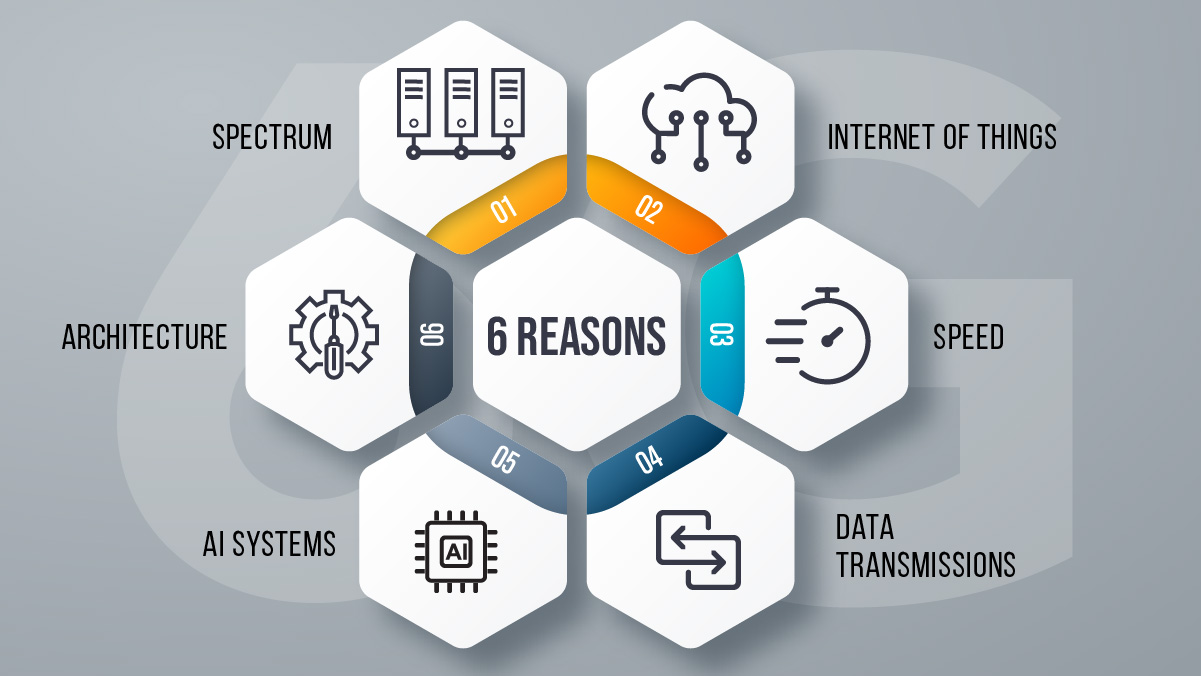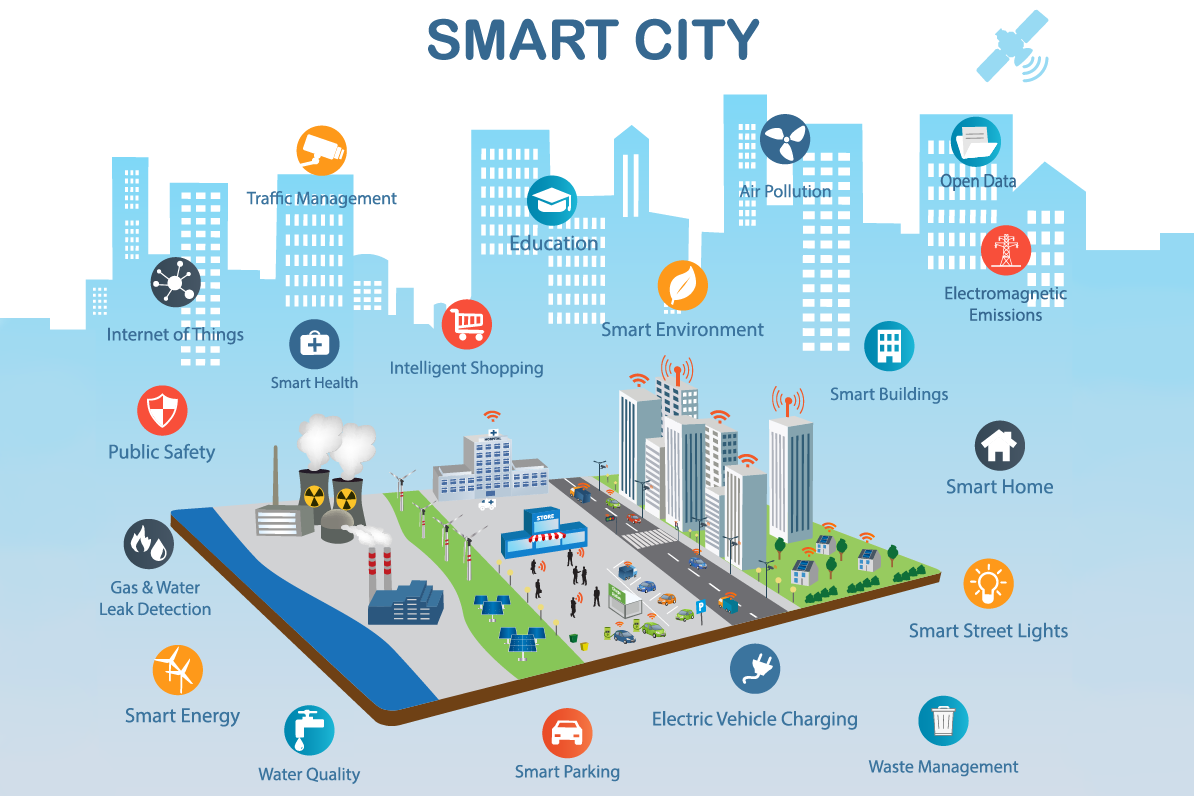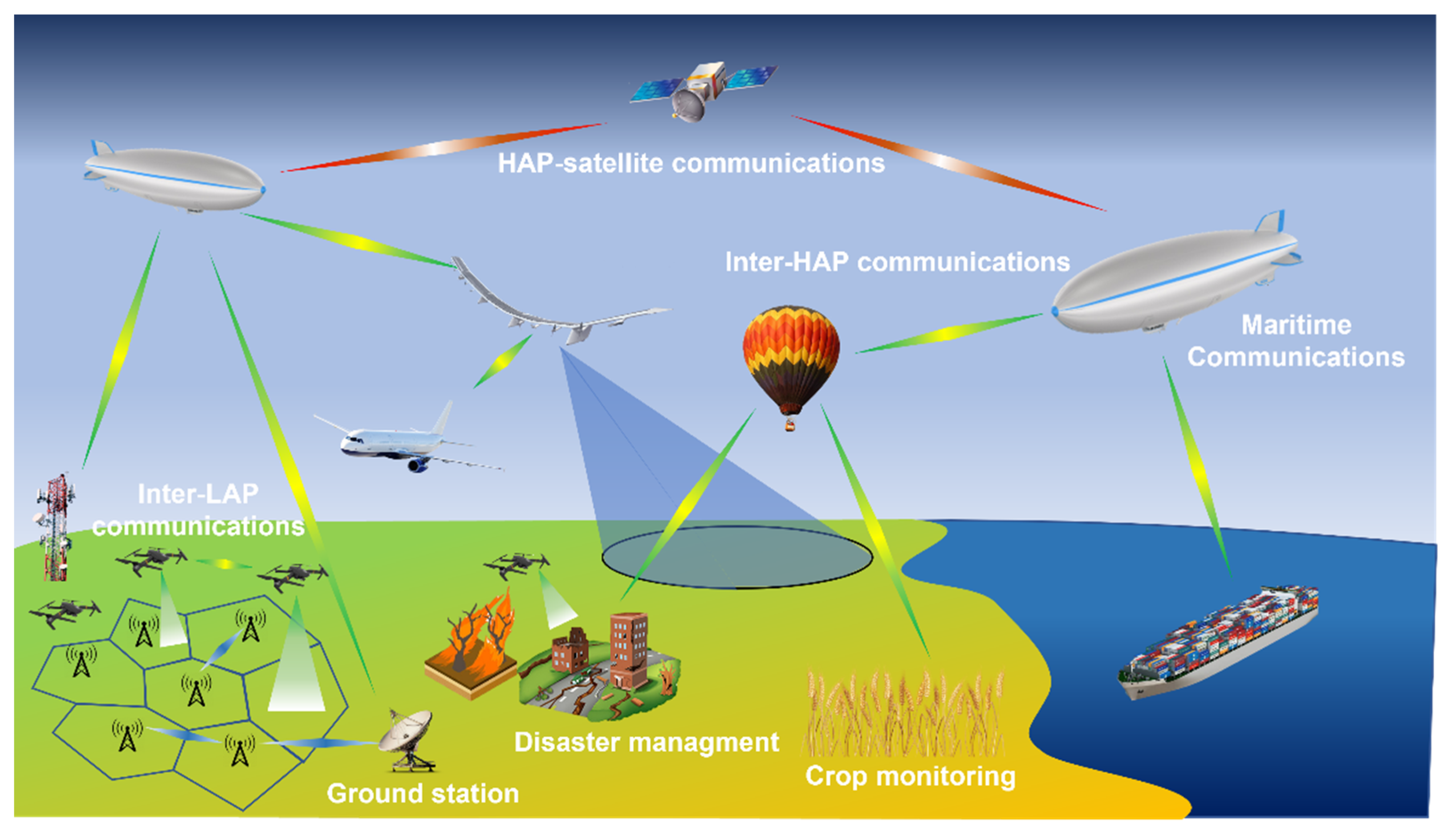
The evolution of mobile networks has been nothing short of revolutionary. From 1G’s analog voice calls to 5G’s ultra-fast data speeds, each generation has significantly enhanced the way we communicate, work, and interact with technology. Now, the world is looking ahead to the next major leap: 6G. While still in its early research phase, 6G is expected to redefine connectivity with unprecedented speeds, ultra-low latency, and intelligent automation.
In this blog, we will explore what 6G technology is, how it differs from previous generations, and what impact it will have on industries and everyday life.
What is 6G?

6G, or the sixth-generation mobile network, is the next step in wireless communication technology, expected to launch around 2030. It aims to provide data speeds up to 100 times faster than 5G while minimizing latency and improving energy efficiency. Researchers anticipate that 6G will integrate cutting-edge technologies such as AI-driven network management, quantum computing, and terahertz (THz) frequency bands.
How 6G Differs from 5G

While 5G is already a significant upgrade from 4G LTE, 6G is expected to take things even further. Below are some key differences:
Speed and Bandwidth: 5G currently offers speeds up to 10 Gbps, but 6G is projected to reach 1 Terabit per second (Tbps), enabling instantaneous data transfer.
Latency: 6G will drastically reduce latency to sub-millisecond levels, making real-time applications even more seamless.
AI-Driven Networks: AI will be deeply integrated into 6G, optimizing network performance, managing traffic, and automating system maintenance.
Use of THz Spectrum: 6G will utilize the terahertz spectrum, enabling ultra-fast communication and supporting high-density data transmission.
Energy Efficiency: 6G networks will prioritize sustainability, reducing energy consumption while delivering superior connectivity.
Potential Applications of 6G
- Holographic Communication

One of the most exciting applications of 6G is real-time holographic communication. Unlike current video calls, 6G will enable fully immersive holographic projections, making remote collaboration more interactive and lifelike.
- Smart Cities and IoT Expansion
With its ultra-fast speeds and low latency, 6G will be a game-changer for smart cities and the Internet of Things (IoT). Autonomous vehicles, smart traffic management, and connected devices will operate more efficiently than ever before.

- AI-Driven Personalized Services

AI-powered networks will allow for hyper-personalization, adapting services based on user behavior and preferences. Everything from healthcare to entertainment will be customized in real-time.
- Space Communication and Beyond

6G could play a critical role in space communication, enabling seamless data transmission between Earth and space stations. Future missions to Mars and beyond could benefit from 6G’s high-speed connectivity.
- Advanced AR/VR Experiences

The world of augmented reality (AR) and virtual reality (VR) will experience significant improvements with 6G. Enhanced immersive experiences will lead to innovations in gaming, education, and remote training.
Challenges in 6G Development
While 6G offers groundbreaking potential, several challenges need to be addressed:
Infrastructure Requirements: The shift to 6G will require a complete overhaul of existing telecom infrastructure.
High Development Costs: Research and deployment of 6G will demand massive investments.
Security and Privacy Risks: With more connected devices, cyber threats will be a major concern.
Regulatory and Standardization Issues: Governments and global organizations must establish clear regulations for 6G deployment.
The Road to 6G: When Will It Arrive?
Experts predict that 6G networks will start rolling out by 2030, with initial research and trials already underway in countries like China, the US, Japan, and South Korea. Tech giants such as Nokia, Huawei, and Samsung are investing heavily in 6G research, aiming to lead the next generation of connectivity.
Final Thoughts
6G is set to revolutionize the way we interact with technology, pushing the boundaries of communication, automation, and AI integration. While it may take years before we experience its full impact, early developments indicate that 6G will not just be an upgrade but a transformative force shaping the future of connectivity.
As research progresses, staying informed about 6G’s advancements will be crucial for businesses, industries, and individuals alike. The next era of wireless communication is on the horizon—are we ready for it?






